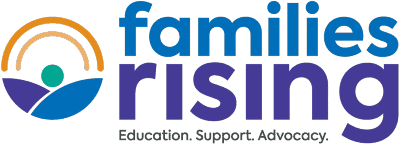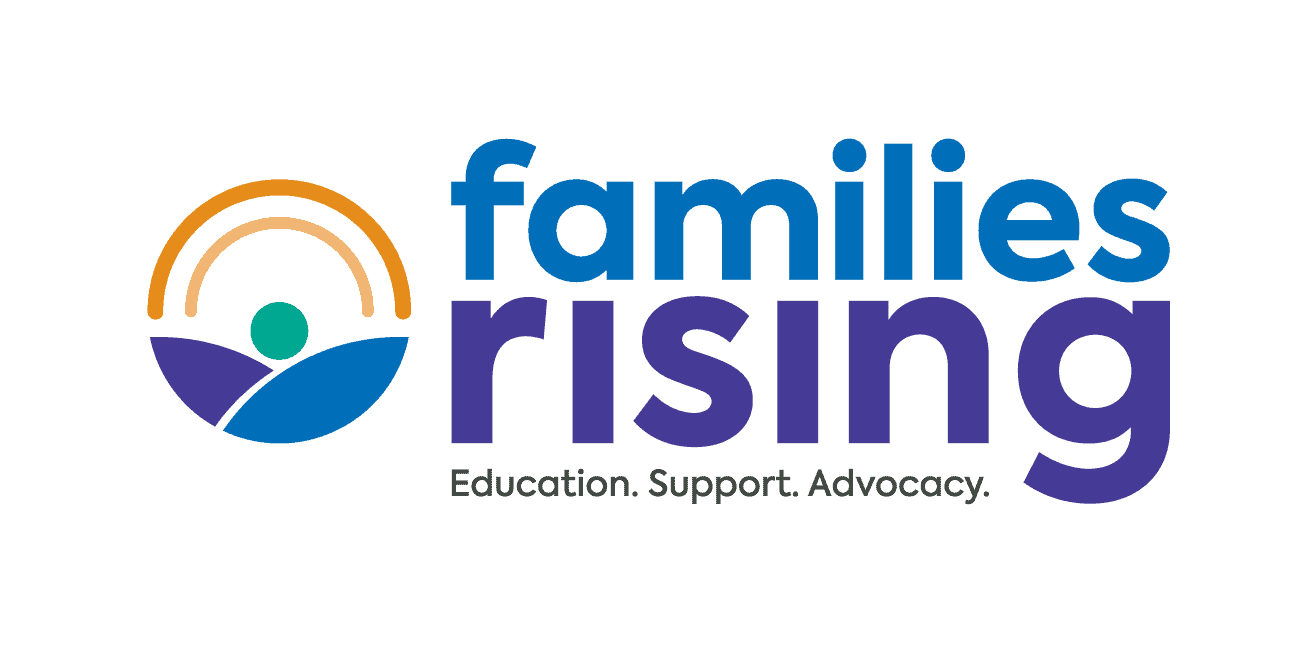
Just as it did in 2014, the number of children and youth in the U.S. foster care system rose in federal fiscal year 2015. As of September 30, 2015, 427,910 children were in care—up from 414,429 in 2014 and 397,605 in 2011. The increase was expected given the continuing impact of the opioid crisis. In October, the U.S. Department of Health and Human Services released preliminary fiscal year 2015 Adoption and Foster Care Analysis and Reporting System (AFCARS) data, which shows this increase in the foster care population. (Access the report at www.acf.hhs.gov/ cb/resource/afcars-report-23.) Despite the 3.4 percent increase from 2014 to 2015, the number of children in care remains well below the 505,000 who were in care at the end of fiscal year 2006.
Children in Foster Care
During fiscal year 2015, almost 270,000 children entered care and only about 243,000 exited. The number of entries to care was the highest it has been since 2008 when 280,000 children entered care. In 2015, the primary reason for entry was neglect (61 percent), followed by a parent’s drug use (32 percent). The average age of a young person in care was just over eight and a half years old, and 30 percent were at least 13 years old.
Three-quarters of the children in care at the end of fiscal year 2015 were in foster families, with 30 percent of these kids (127,821) in relative foster families. In spite of ongoing discussions about the need to reduce the use of group care, 14 percent (more than 56,000) lived in either group homes (6 percent) or institutions (8 percent).
As usual, the goal for most children was to return home, with 55 percent having a case plan of reunification with their birth parents. Another 3 percent had a plan to leave care to live with relatives and 25 percent had an adoption plan. Sadly, the case goal for 3 percent (13,546 children) was to remain in long-term foster care, and for 4 percent (17,188) it was to emancipate from care. States have made no permanency plan for these 30,000+ children and youth.
On average, children had been in care for 20 months, although 15 percent (64,000) had been in care for three or more years.
State Data
State-by-state data released by the Children’s Bureau showed that 36 states and Puerto Rico saw increases in their end-of-year foster care population from 2014 to 2015. The largest percentage increases were for Georgia (21.4 percent), Alaska (21.1 percent), Minnesota (20.3 percent), and Montana (19.7 percent). The largest percentage decreases were for Utah (8.6 percent), Michigan (7.2 percent), and New York (6.7 percent).
Waiting Children
Nationally, the number of children waiting to be adopted also increased in 2015 to 111,820 (from about 108,000 in 2014). There have not been this many children waiting a permanent family since 2009 when there were 114,000. In general, the number of waiting children has equaled about 26 percent of children in care for many years.
The average age of a waiting child was 7.6 years, and on average these children had been in care for two and a half years. About half of waiting children were under age seven, and 19 percent were teenagers.
About 43 percent of waiting children were white, 23 percent were African American, 22 were Latino or Hispanic, and 2 percent were American Indian or Alaskan Native. These percentages are very similar to the overall percentages of children in foster care during 2015.
Reasons for Exit
Reunification remains the primary reason children leave foster care, with 123,894 young people exiting to reunification in 2015. Reunification accounted for 51 percent of all exits from care. Another 6 percent exited to live with relatives and 9 percent left care through guardianship, which is most often with kin.
In fiscal year 2015, 20,789 youth exited care because they aged out, which is a slight decrease in absolute numbers from 2014 (about 22,000 aged out that year). The percentage of exits to emancipation remained at 9 percent.
Adoptions from Care
Adoptions from foster care rose in 2015 to 53,549, up from around 50,000 in the last two years. This is the highest number of adoptions with public agency involvement since 2009, when about 57,000 children exited foster care to adoption. However, over the years the percentage of children who leave care to adoption has remained steady at about 21 percent.
The average age of children adopted was lower than the average of all waiting children—just 6.2 years for those adopted compared to 7.6 for those waiting. More than 5,000 teens were adopted in 2015, almost 10 percent of the adoptions for the year.
As in previous years, most 2015 adoptions were by foster parents (52 percent) or relatives (34 percent). A little more than 7,000 of the adoptions were by individuals and couples who were not either kin or a foster parent. Most adoptions (72 percent) were by couples, with 26 percent by single women and 3 percent by single men. These statistics remain relatively constant from year to year.


